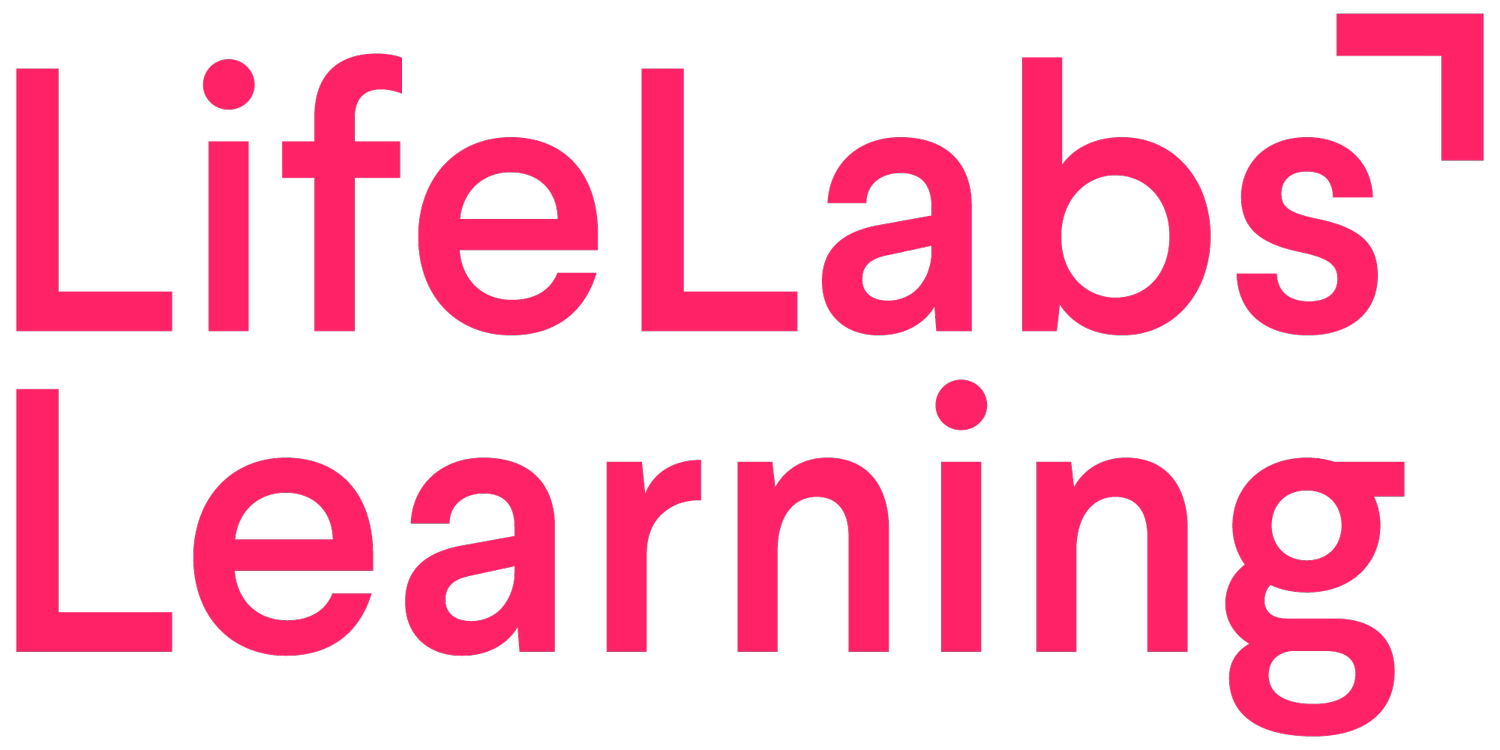Management Skills: How to Give Constructive Feedback in the Workplace
3 Steps to giving constructive feedback effectively
As a manager of people and teams, you're guaranteed to find yourself in the hot seat of giving feedback. When you do, your delivery makes a difference. It’s what sets you apart as a leader and, more importantly, drives the outcomes you desire.
But it’s not always easy, especially when your feedback involves critique. People tend to react defensively, their amygdala – the brain's emotional control center – goes on high alert, and rational thinking takes a back seat. In psychology, this is known as an amygdala hijack, and it’s pretty unhelpful when it comes to having a productive, positive conversation.
So how can you turn down the heat and effectively give constructive feedback in the workplace?
With feedback in the workplace more important than ever we’re answering the call for help at LifeLabs Learning. Our science-backed leadership training for managers teaches how to give feedback that gets results, fast.
In this blog, we share the core of those teachings. You get a deep dive into how to give effectively giving constructive feedback, examples of great feedback, and three steps that can immediately help you deliver any difficult message well.
Let’s get into it!
Step 1 – Make feedback receivable.
Concerns about giving constructive feedback being met with defensiveness or withdrawal are valid. This happens because of the amygdala hijack we mentioned before, which occurs when humans feel threatened. So making your feedback brain-friendly, or receivable, is the first and biggest, hurdle to overcome.
Start with a short, specific question that signals feedback is coming. This micro-yes allows the recipient to prepare and reduces surprise, especially when delivering critical feedback. It's a way of giving employees autonomy, allowing them to say "no," and transforming the feedback process into a two-way conversation.
For example, you might say, "Can we do a quick check-in on how our one-on-ones are going?" or "I have some feedback on yesterday's meeting. Can I share it with you?"
After the micro-yes, our research shows great feedback givers focus on behavior, not an individual's character. In other words, talk about what they do – not who they are. When doing so, steer clear of vague words that can lead to misunderstandings. We call these words that mean different things to different people blur words, and they get in the way of making feedback receivable.
For instance, instead of saying “You’re too sloppy” (which focuses on the person and uses blurry language), you might say “I noticed your email doesn’t use punctuation” (which focuses on a clear, observable behavior).
PRO TIP: To focus on behavior, name only what a camera can capture – observable actions. Avoid elements a camera can’t detect, like personality, intentions, feelings, or thoughts.
Step 2 - Make feedback actionable.
Ensuring folks hear your constructive feedback is a good start, but they need to be able to use it too. You have to make it actionable.
Communicate specifically which behaviors to do more or less of. Surprisingly, this is tough to do! In LifeLabs Learning leadership training for managers, we use the Playing Cards method as an easy-to-remember framework for actionable feedback.
Basically, critique and praise are each assigned a suit to represent actionable (specific) and not actionable (blurry) feedback.
Actionable feedback = Spades for critique and Diamonds for praise
Not actionable feedback = Clubs for critique and Hearts for praise
Constructive feedback can be a Spade or a Club:
CLUB:
“You came across as rude.”
SPADE:
“I noticed you rolled your eyes in the meeting.”
Focus on giving Spades – helpful tools for getting to root causes.
Be specific by naming what you saw or heard
Offer clear data points
Eliminate blur words
As you get more specific with your feedback, you may feel the need to pad it, or sandwich it between praise (also known as a “shit sandwich”). Avoid this urge as research suggests it can cause confusion and reduce trust. Instead, share your praise and critiques separately, as they pop up, or ask employees which they would prefer to hear first if you have both.
The final and most important part of actionable feedback is to show the impact. Share an impact statement that explains why the observed behavior matters. This catalyzes action and makes the message more meaningful.
For example, you might say: "During the last project, I noticed you missed 4 of our team collaboration sessions. This made it harder for us to meet our deadlines."
PRO TIP: The most effective impact statements speak to what the feedback recipient cares most about (like the impact on their career or their coworkers’ workloads). If you know what that is, include it in the conversation!
Example
Feedback sandwiches affect perceptions but not performance
Step 3 - Make feedback balanced.
There are a few ways to balance your feedback, including balancing critique with praise and creating a robust feedback culture. However, let’s focus on balanced dialogue, a skill we use in our leadership and management training on how to give great feedback.
Balanced dialogue creates a two-way learning conversation using the ask–tell–ask format. You begin with a question, share the behavior and its impact, and then invite the recipient back into the conversation with an authentic question. This encourages problem-solving and future planning together
Here’s an example:
Ask: “Do you have 10 minutes to talk about your last email to Jill?”
Tell: “I noticed you responded to her email nine days after she sent it. I mention it because she can’t move forward without your reply, so we might delay her team.”
Ask: “What are your thoughts?”
In conclusion, by making your constructive feedback receivable, actionable, and balanced, you can quickly transform your team's development and foster a culture of continuous improvement. Remember, it's not just about what you say; it's about how you say it!
Example





